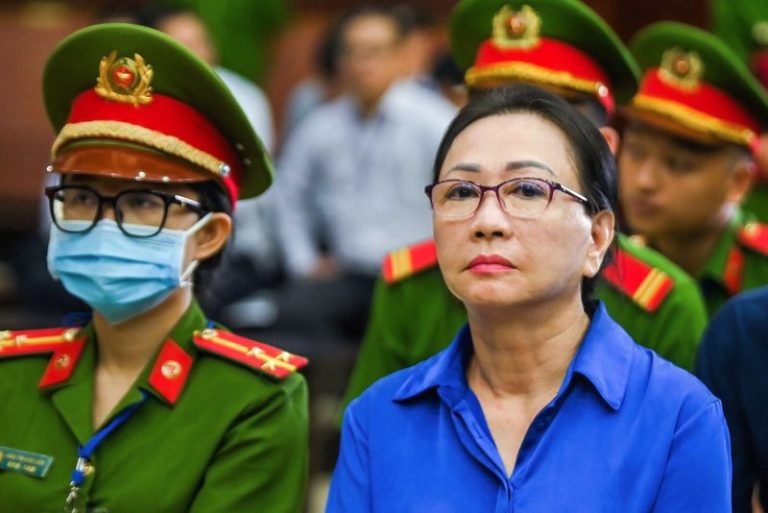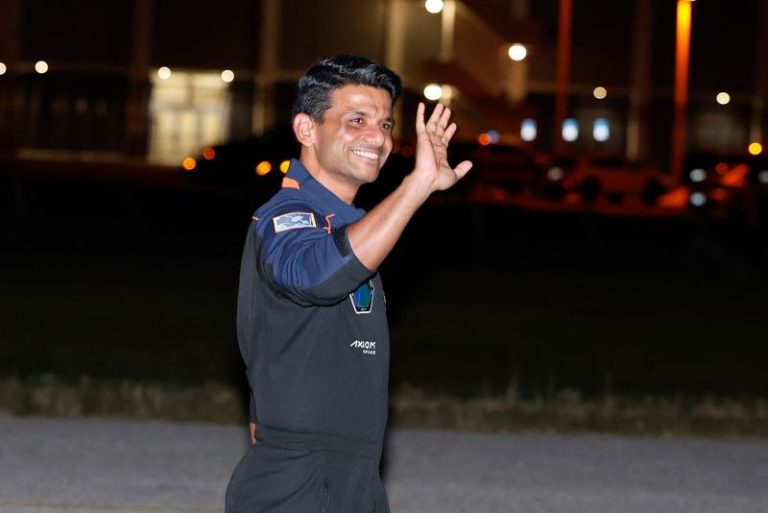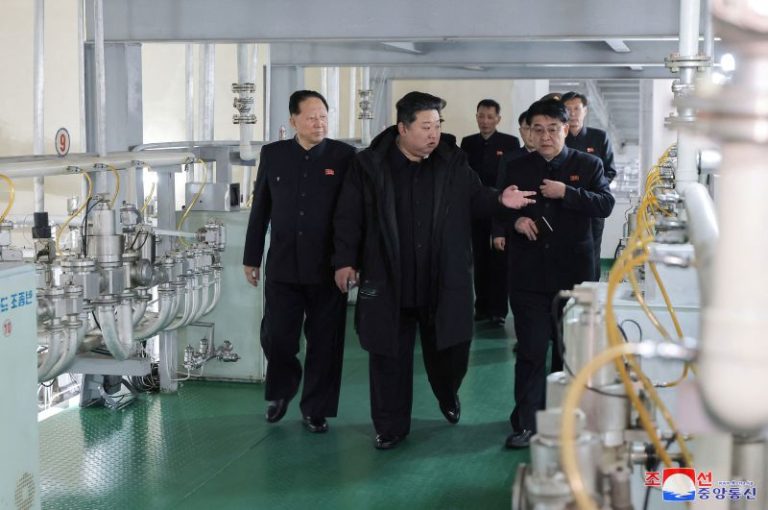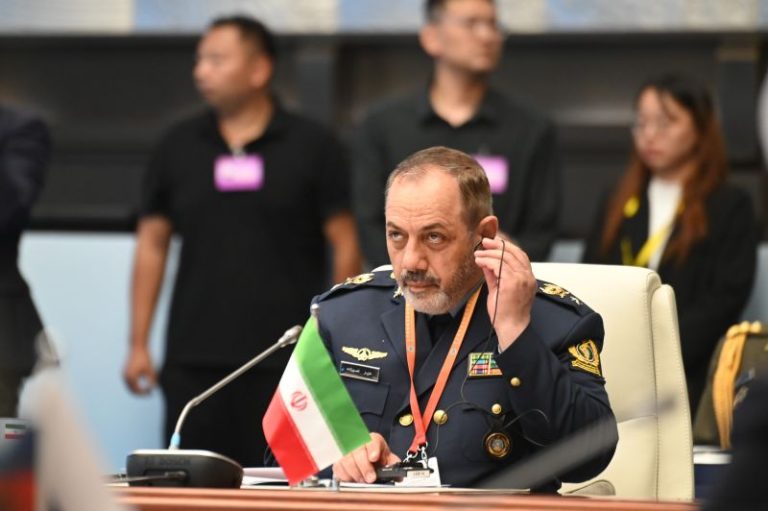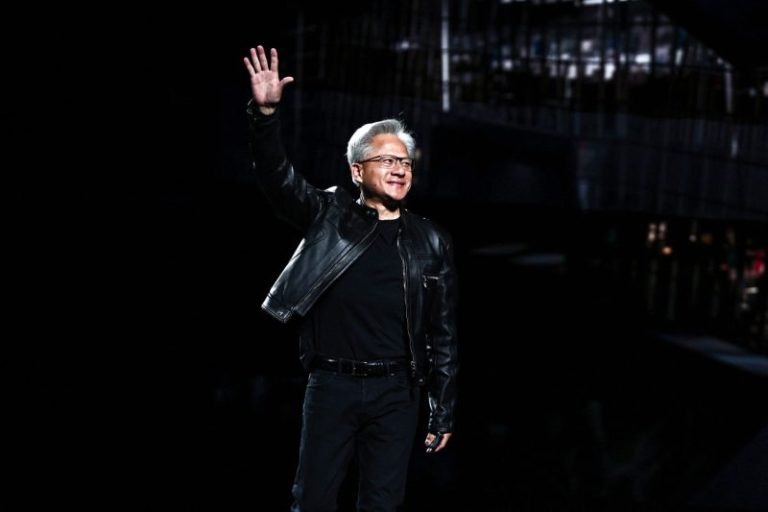Further to the ASX announcement on 20 June 2025, Cygnus Metals Limited (‘Cygnus’ or the ‘Company’) advises that it has issued a total of 211,627,907 fully paid ordinary shares (‘Shares’) at A$0.086 each under Tranche 1 of the Placement, raising a total of A$18,200,000 (before costs). The Shares were issued under the Company’s existing capacity under ASX Listing Rules 7.1 (126,702,591) and 7.1A (84,925,316).
A further 1,162,790 Shares are intended to be issued under Tranche 2 of the Placement to Non-Executive Director Raymond Shorrocks, or his nominees, subject to receipt of shareholder approval at a general meeting to be held in August 2025.
In addition, the Company has issued a total of 306,129 Shares to employees on conversion of 350,000 vested Performance Rights issued under the Company’s previous Employee Securities Incentive Plan.
Cygnus issued the Shares without disclosure under section 708A(5) of the Corporations Act 2001 (Cth) (‘Act’). With reference to those Shares issued, in accordance with section 708A(6) of the Act, the Company gives notice under paragraph 708A(5)(e) that:
| 1. | the Company issued the Shares without disclosure under Part 6D.2 of the Act; and | |
| 2. | as at the date of this notice: | |
| a) | the Company has complied with the provisions of Chapter 2M of the Act as they apply to the Company; | |
| b) | the Company has complied with sections 674 and 674A of the Act; and | |
| c) | other than as set out below, there is no excluded information within the meaning of sections 708A(7) and 708A(8) of the Act which is required to be disclosed under section 708A(6)(e) of the Act. | |
As previously announced, the Company has ongoing exploration and drill programs at its Chibougamau Copper-Gold Project in Quebec and is awaiting assay results from its current drill program (which remains ongoing). The Company will announce its assay results when it is in a position to complete the collation and interpretation of all data and in accordance with its continuous disclosure obligations, the JORC Code and the ASX Listing Rules.
This announcement has been authorised for release by the Board of Directors of Cygnus.
| David Southam Executive Chair T: +61 8 6118 1627 E: info@cygnusmetals.com |
Ernest Mast President & Managing Director T: +1 647 921 0501 E: info@cygnusmetals.com |
Media: Paul Armstrong Read Corporate +61 8 9388 1474 |
About Cygnus Metals
Cygnus Metals Limited (ASX: CY5, TSXV: CYG) is a diversified critical minerals exploration and development company with projects in Quebec, Canada and Western Australia. The Company is dedicated to advancing its Chibougamau Copper-Gold Project in Quebec with an aggressive exploration program to drive resource growth and develop a hub-and-spoke operation model with its centralised processing facility. In addition, Cygnus has quality lithium assets with significant exploration upside in the world-class James Bay district in Quebec, and REE and base metal projects in Western Australia. The Cygnus team has a proven track record of turning exploration success into production enterprises and creating shareholder value.
News Provided by GlobeNewswire via QuoteMedia




